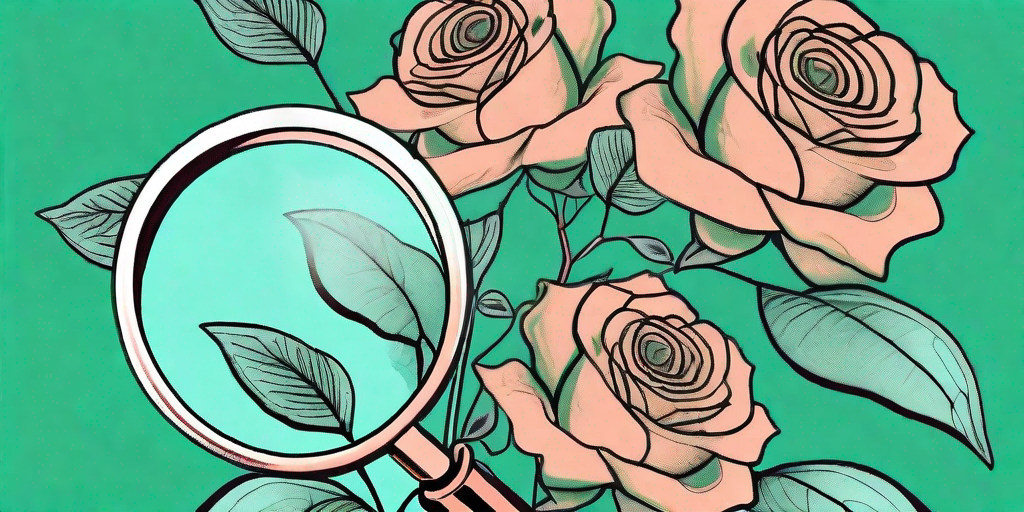
Roses, the quintessential symbol of love and beauty, have a secret. Their seeds, those tiny nuggets of potential, have a backstory that's as rich and complex as the blooms they produce. So, buckle up, plant enthusiasts, because we're about to embark on a botanical journey that will take us from the ancient civilizations of the Middle East to the manicured gardens of Victorian England, and beyond.
The Ancient Origins of Rose Seeds
Let's start our journey in ancient times, when roses first began to captivate the human imagination. The seeds of these early roses were likely spread by birds and other animals, but it wasn't long before humans got in on the act.
Archaeological evidence suggests that roses were being cultivated in ancient Persia (modern-day Iran) as far back as 5000 BC. These early rose enthusiasts were probably drawn to the plant's vibrant colors and intoxicating scent, but they may also have recognized its potential for medicinal use.
The Rose in Ancient Mythology
Roses weren't just pretty to look at, they were also steeped in mythology. In ancient Greek mythology, roses were associated with Aphrodite, the goddess of love. According to one legend, roses were originally white, but turned red when Aphrodite pricked her foot on a thorn while rushing to the aid of her dying lover, Adonis.
Meanwhile, in ancient Rome, roses were linked to Venus, the Roman equivalent of Aphrodite. Roses were often used in religious ceremonies and were a popular decoration at feasts and parties. It's said that the Roman Emperor Nero liked to shower his guests with rose petals, a practice that must have made for some rather fragrant dinner parties.
The Journey to Europe
As trade routes expanded, rose seeds began to make their way westward. By the Middle Ages, roses were being grown in monastic gardens across Europe for their medicinal properties. The seeds of these roses were carefully harvested and stored, ready to be sown the following spring.
During the Renaissance, interest in roses expanded beyond the monastery walls. Wealthy patrons began to commission elaborate rose gardens, and a thriving trade in rose seeds developed. These seeds were often exchanged as gifts or sold at market, allowing new varieties of roses to spread across the continent.
The Victorian Rose Craze
Fast forward to the 19th century, and Europe was in the grip of a full-blown rose craze. The Victorians were particularly fond of roses, and the era saw the development of many new varieties. Rose breeding became a popular pastime, and the seeds of these new varieties were eagerly sought after.
The Victorians also loved to assign meanings to flowers, a practice known as floriography. Depending on its color and variety, a rose could convey a message of love, friendship, or even caution. So, the next time you're tempted to send a bouquet of roses, remember to check the color first. You wouldn't want to accidentally declare your undying love when you're just trying to say thanks for the dinner invite!
Modern Rose Breeding
Today, rose breeding is a sophisticated science. Breeders select parent plants with desirable traits, then cross-pollinate them to produce seeds. These seeds are then grown into new plants, which are carefully evaluated for their color, scent, disease resistance, and other characteristics.
It's a labor-intensive process, but the results can be spectacular. From the classic red rose to the exotic blue moon rose, there's a rose out there to suit every taste. And it all starts with a tiny seed.
Frequently Asked Questions
How are rose seeds harvested?
Rose seeds are harvested from the rose hip, which is the fruit of the rose plant. The hips are usually left on the plant until after the first frost, when they turn bright red and soften. They are then cut open to reveal the seeds inside.
Can I grow a rose from a seed?
Yes, you can grow a rose from a seed, but it's a slow process. It can take several years for a rose plant to mature and produce flowers. If you're impatient, you might prefer to buy a young rose plant instead.
What's the difference between a hybrid rose and a heirloom rose?
Hybrid roses are created by cross-pollinating two different varieties of rose. They are often bred for specific traits, such as disease resistance or a particular color. Heirloom roses, on the other hand, are old varieties that have been passed down through generations. They are often more fragrant than hybrid roses, but may be less resistant to disease.
Conclusion
So there you have it, the surprising origins of rose seeds. From ancient Persia to modern-day gardens, these tiny seeds have traveled a long and winding road. So next time you stop to smell the roses, spare a thought for the humble seed that started it all.
And remember, whether you're a seasoned gardener or a budding botanist, there's always more to learn about the wonderful world of roses. So why not grab a packet of rose seeds and start your own horticultural adventure? Who knows where it might lead!















